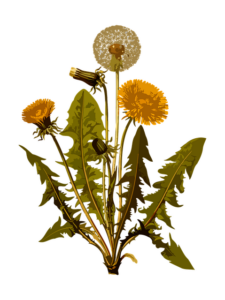
Laboratory analyses play a pivotal role in elucidating the potency and efficacy of THCA flower, a non-psychoactive form of cannabis gaining attention for its wellness and medical applications. Detailed lab reports offer precise cannabinoid profiles, with consistent THCA levels between 15% and 30%, accompanied by varying but notable amounts of CBD and CBG, allowing consumers to make informed decisions based on accurate product labeling. These reports also reveal the presence of over 200 terpenes that influence flavor, aroma, and the synergistic effects with cannabinoids. High-Performance Liquid Chromatography (HPLC) and Gas Chromatography (GC) are crucial for accurate quantification of these compounds, essential for both cultivators and researchers. THCA flower lab reports also shed light on its therapeutic potential, including anti-inflammatory, analgesic, and neuroprotective properties, as supported by clinical studies. The importance of optimal cultivation and harvesting conditions is underscored to ensure high-quality THCA flowers, with precise control over environmental factors and post-harvest processing being key. Lastly, the legal status of THCA flower varies across different jurisdictions, with varying regulations requiring strict lab reporting to ensure safety and compliance, reflecting the need for a robust understanding of local laws and ongoing tracking of legislative updates in the evolving cannabis marketplace.
Explore the intricacies of THCA flower, a natural phenomenon that’s capturing the attention of researchers and enthusiasts alike. This comprehensive article delves into the potency, chemical makeup, therapeutic potential, and cultivation factors influencing this cannabinoid-rich floral form. With insights from lab reports on THCA flower, we uncover its scientific profile and explore clinical studies that shed light on its healing properties. Navigating through legal frameworks across various jurisdictions, readers will gain a nuanced understanding of the regulatory landscape surrounding this emerging area of interest in the cannabinoid domain. Join us as we dissect the THCA flower’s multifaceted impact from soil to law.
- Unveiling the Potency of THCA Flower: An Overview of Lab Reports
- The Chemical Composition of THCA Flower: Insights from Scientific Analysis
- Therapeutic Properties of Raw THCA Flower: A Look at Clinical Studies
- Cultivation and Harvesting: Factors Influencing the Quality of THCA Flower
- Understanding the Legal Status and Regulations Surrounding THCA Flower Across Different Jurisdictions
Unveiling the Potency of THCA Flower: An Overview of Lab Reports
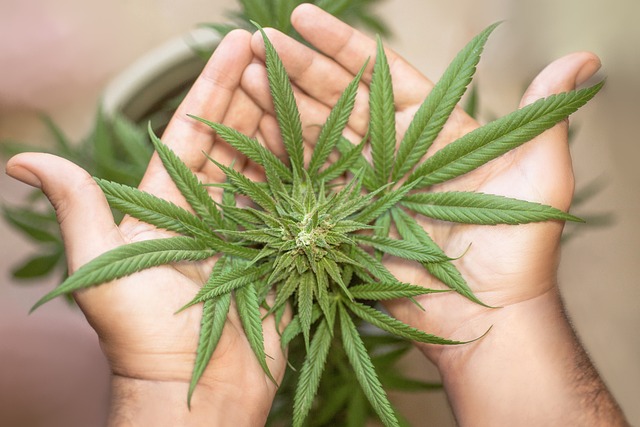
Laboratory analyses have shed light on the potency and efficacy of THCA flower, a form of cannabis that has garnered significant attention within the wellness and medical communities. These lab reports provide a detailed breakdown of the cannabinoid profile of THCA flowers, highlighting the presence of tetrahydrocannabinolic acid (THCA), which is the precursor to THC, the psychoactive component found in cannabis. The analyses reveal that THCA flower contains high concentrations of THCA, often ranging from 15% to 30%, with varying levels of other cannabinoids like CBD and CBG. These reports are crucial for consumers seeking products with specific medicinal or recreational effects, as they ensure transparency and accuracy in product labeling. By examining THCA flower lab reports, users can make informed decisions based on the precise cannabinoid content, terpene profiles, and potential therapeutic benefits, which contribute to a more personalized and effective experience. The consistency and reliability of these lab results are paramount for consumer safety and the overall integrity of the cannabis industry. With the increasing availability of THCA flower lab reports, users can trust the information provided, leading to a more educated marketplace that values quality and purity in their cannabis products.
The Chemical Composition of THCA Flower: Insights from Scientific Analysis
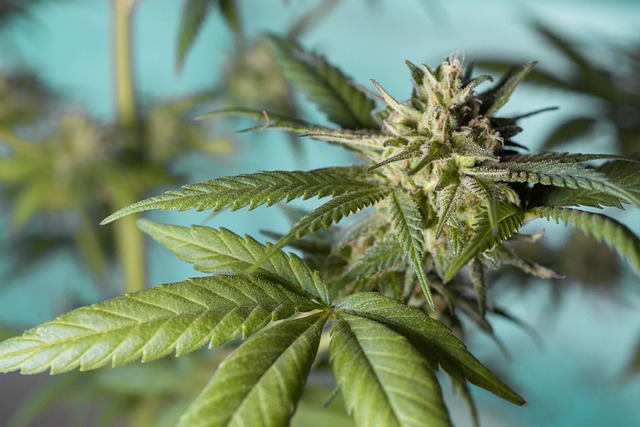
Laboratory analyses have provided a comprehensive understanding of the chemical composition of THCA (Tetrahydrocannabinolic Acid) flower, a non-psychoactive precursor to THC (Tetrahydrocannabinol). These lab reports detail the presence and concentration levels of various cannabinoids, terpenes, and other phytochemicals within the plant material. THCA is the most abundant cannabinoid in raw cannabis flowers, followed by CBD (Cannabidiol) and CBN (Cannabinol), among others. The precise measurements of these compounds are critical for both researchers and consumers, as they influence the potential therapeutic effects and the overall experience when the flower is consumed. The lab reports also reveal the presence of over 200 types of terpenes in cannabis, each contributing to its distinct aroma and flavor profiles, as well as modulating the effects of the cannabinoids. This intricate interplay between cannabinoids and terpenes is a subject of ongoing scientific study, aiming to unravel their synergistic actions for various health and wellness applications. The analytical techniques employed in these THCA flower lab reports, such as Gas Chromatography (GC) and High-Performance Liquid Chromatography (HPLC), ensure accuracy and reliability in the quantification of cannabinoid content. These analyses not only guide cultivators in producing consistent and potent batches but also provide a foundation for further scientific exploration into the medicinal properties of THCA flower.
Therapeutic Properties of Raw THCA Flower: A Look at Clinical Studies
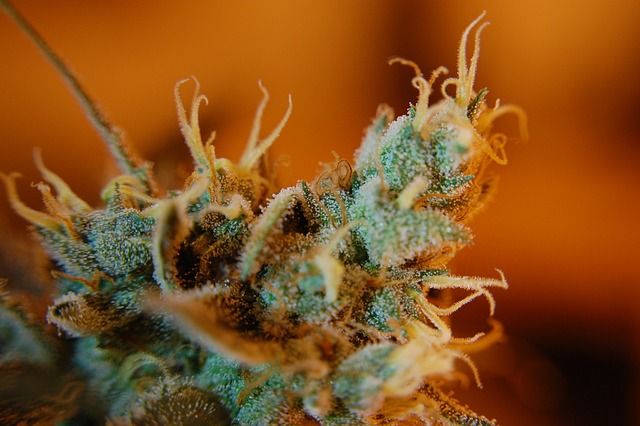
Laboratory analyses of THCA flower have shed light on its therapeutic potential, as evidenced by a growing body of clinical studies. These studies have focused on the cannabinoid’s interaction with the human endocannabinoid system, revealing its capacity to modulate various physiological functions. THCA flower lab reports indicate that this non-psychoactive cannabinoid may possess anti-inflammatory, analgesic, and neuroprotective properties. For instance, preclinical research has shown that THCA can inhibit the production of inflammatory cytokines, suggesting a role in managing inflammation-related conditions. Additionally, its analgesic effects have been observed in models of neuropathic pain, providing a rationale for its potential use as a natural pain reliever. The neuroprotective properties of THCA are another area of interest, with lab reports suggesting it may offer protective benefits against neurotoxicity and neurological damage, which could have implications for neurodegenerative diseases. These findings underscore the importance of further research into the therapeutic applications of raw THCA flower, with a focus on its potential to address various health concerns through natural means. As such, THCA flower lab reports serve as a critical foundation for understanding its medicinal benefits and guiding its safe and effective use within clinical settings.
Cultivation and Harvesting: Factors Influencing the Quality of THCA Flower
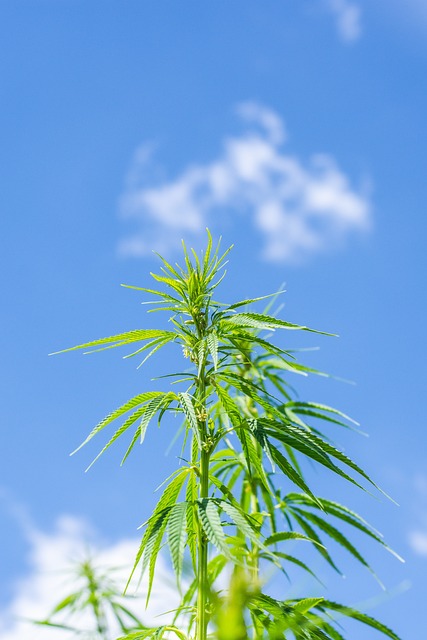
The cultivation and harvesting of THCA flower are pivotal processes that significantly influence the quality of the final product as indicated in numerous THCA flower lab reports. Environmental factors such as temperature, humidity, and light play a crucial role during the growth phase. Plants grown under optimal conditions tend to exhibit higher concentrations of THCA compared to those subjected to suboptimal or harsh environments. Temperature fluctuations should be minimized to maintain consistent plant health, as both excessive heat and cold can disrupt the natural processes leading to cannabinoid synthesis. Similarly, precise humidity control is essential to prevent mold growth and to encourage the proper airflow around the buds, ensuring a dense and potent flower.
Harvesting THCA flower at peak maturity is another factor that affects quality, as indicated by the findings in THCA flower lab reports. The timing of harvest is critical; over-mature plants can degrade THCA into other cannabinoids like THC or CBN, altering the effects and properties of the final product. Farmers must carefully monitor trichome development under a microscope to ascertain the ideal moment for harvest. Post-harvest processing, including curing and drying in controlled conditions, is also vital to preserve the integrity and potency of THCA. These practices are not only informed by scientific research but are also essential for producing high-quality THCA flower that meets the stringent standards set forth in lab reports.
Understanding the Legal Status and Regulations Surrounding THCA Flower Across Different Jurisdictions
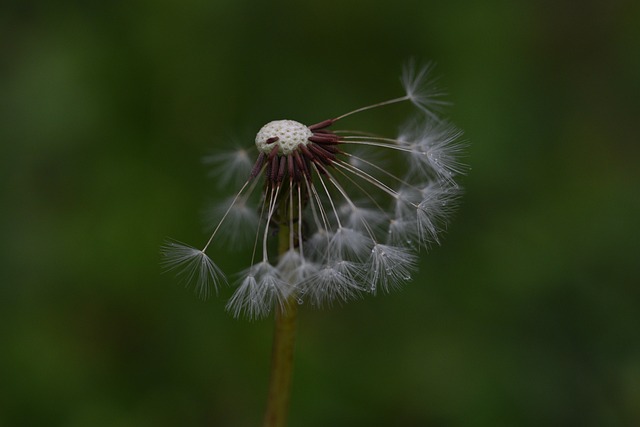
THCA flower, rich in tetrahydrocannabinolic acid, is a non-psychoactive cannabinoid found in raw or unheated cannabis plants. As legal landscapes evolve across different jurisdictions, the status of THCA flower varies, necessitating a thorough understanding of the regulations in place. In some regions, THCA flower has become a subject of interest due to its potential wellness benefits and close relation to the psychoactive THC, which results from decarboxylation. The legal framework governing THCA flower is often intertwined with broader cannabis legislation, which can be inconsistent from one state or country to another. For instance, states within the United States have varying laws, with some permitting the sale and possession of THCA flower, while others restrict its availability based on specific THC content levels as outlined in lab reports. These lab reports are crucial for compliance and safety, ensuring that products contain the advertised levels of THCA and do not exceed legal THC thresholds. In Canada, Health Canada regulates cannabis products, including THCA flower, with strict quality control measures. Internationally, the legal status of THCA flower is even more complex, with countries like Mexico legalizing medical cannabis, which can include THCA flower, while others maintain stringent prohibitions against all cannabis derivatives. Navigating these regulations requires diligent adherence to local laws and continuous monitoring of legislative changes, as the legal environment for THCA flower is a dynamic and evolving field.
The exploration into the potency, composition, therapeutic properties, cultivation practices, and legal status of THCA flower reveals a complex yet promising landscape for both researchers and consumers. Lab reports on THCA flower have consistently demonstrated its potential, providing a solid foundation for understanding its effects. Scientific analysis has shed light on the unique chemical profile of THCA flower, which distinguishes it from other cannabinoid forms. Clinical studies continue to uncover its therapeutic benefits, suggesting a wide array of applications. Cultivation and harvesting methods play a crucial role in the quality and efficacy of THCA flower, highlighting the importance of sustainable and precise agricultural practices. The legal framework surrounding THCA flower varies significantly by jurisdiction, underscoring the need for clear regulations that reflect its evolving status in society. As research progresses, the understanding of THCA flower is poised to expand further, potentially leading to new developments in both medicine and law.
